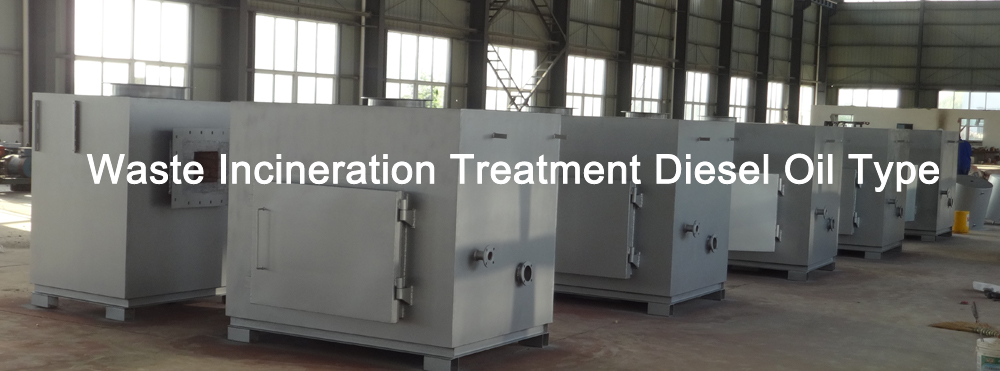Waste to energy is a process that converts waste materials into electricity, heat, or fuel. This technology holds great potential for reducing the amount of waste sent to landfills and generating renewable energy at the same time. As the world continues to search for sustainable solutions to our energy and waste management challenges, waste to energy has emerged as a promising option.
The process of waste to energy involves several steps that combine proven technologies to turn household and industrial waste into usable energy. The technology behind waste to energy is complex and involves multiple stages to ensure the efficient conversion of waste into electricity.
The first step in the waste to energy process is the collection and sorting of waste materials. This includes separating recyclable materials from non-recyclable waste. Once the waste has been sorted, it is then processed to remove any contaminants and to prepare it for energy conversion.
One of the most common methods of waste to energy is the mass burning of waste. In this process, the waste is incinerated at high temperatures, which produces steam. The steam is then used to drive a turbine generator, which in turn produces electricity. Some waste to energy facilities also use the heat created by the incineration process to generate additional power or to provide district heating for nearby communities.
Another technology used in waste to energy is gasification. This process involves heating the waste materials in a low-oxygen environment, which results in the production of synthetic gas or syngas. The syngas can be burned to produce electricity or further processed to create biofuels or other valuable products.
Anaerobic digestion is another technology used in waste to energy, particularly for organic waste materials. This process involves breaking down organic waste using bacteria in an oxygen-free environment, which produces biogas. The biogas can then be used as a renewable fuel source for electricity generation or as a substitute for natural gas.
Waste to energy technologies have seen significant advancements in recent years, making the process more efficient and environmentally friendly. Modern waste to energy facilities are equipped with advanced pollution control technologies to minimize emissions of pollutants such as nitrogen oxides, sulfur dioxide, and dioxins. Additionally, the use of advanced filtration systems ensures that the air emissions from waste to energy facilities are well within the regulatory limits.
The benefits of waste to energy technology are numerous. Not only does it provide a sustainable solution for waste management by reducing the amount of waste sent to landfills, but it also generates renewable energy. Waste to energy facilities can also help to reduce greenhouse gas emissions by capturing methane from landfills and converting it into energy. Furthermore, waste to energy can help reduce our dependence on fossil fuels and contribute to the transition towards a more sustainable and low-carbon energy future.
In conclusion, the technology behind waste to energy is a complex and multifaceted process that has the potential to address both waste management and energy production challenges. With ongoing advancements in technology and increased emphasis on sustainability, waste to energy is likely to play a significant role in our quest for clean and renewable energy sources. As the technology continues to evolve, waste to energy has the potential to become an integral part of our energy infrastructure, providing a valuable solution to both waste management and energy generation.



